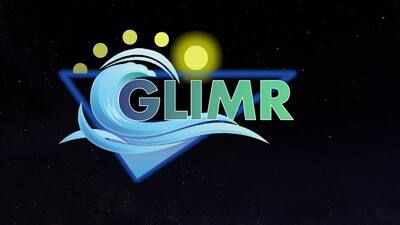The Geostationary Littoral Imaging and Monitoring Radiometer (GLIMR) mission will be NASA's first geostationary, hyperspectral ocean color sensor to study ocean processes at the spatial and temporal scales required to observe the dynamic ecological, biogeochemical and physical processes typical of coastal and ocean waters.
We would like to invite you to fill out a short survey (https://www.surveymonkey.com/r/GLIMR), to provide feedback on the GLIMR mission. Your answers will help NASA anticipate the scope of GLIMR science and applications, tailor GLIMR capabilities to your needs, and develop GLIMR data products and tools that are useful, actionable, and easily accessible.
We look forward to your response.
Maria Tzortziou
(on behalf of the entire GLIMR Science Team)




